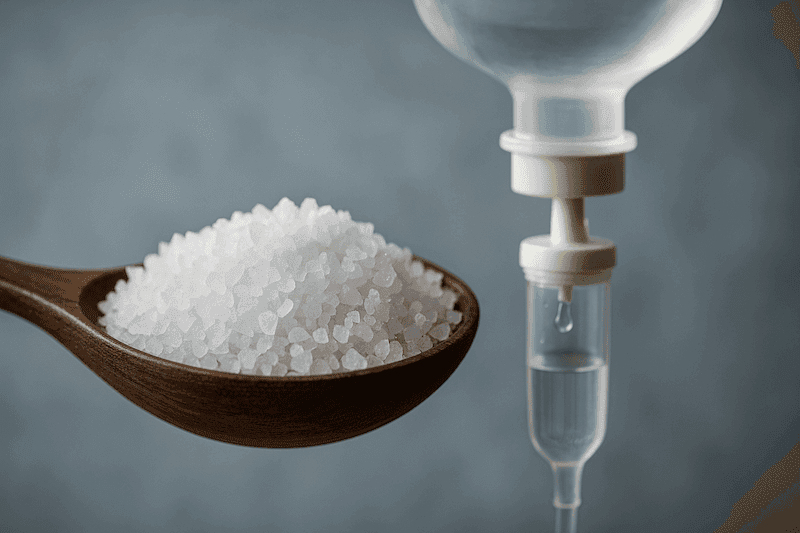![]() Bezpieczne zwroty
Bezpieczne zwroty
![]() Ocena Google 4.7
Ocena Google 4.7
![]() Recepta nawet w 15 minut
Recepta nawet w 15 minut
Lekarz online: umów konsultację
Jak to działa?
Wybierz opcję konsultacji
Zdecyduj, czy chcesz przedłużyć receptę, czy porozmawiać z lekarzem (np. w celu rozpoczęcia terapii nowym lekiem). W przypadku leków psychotropowych lub silnych środków przeciwbólowych konieczne jest udostępnienie danych z IKP lub zaświadczenia od lekarza prowadzącego.
Wypełnij ankietę medyczną
Odpowiedz na kilka pytań, które pomogą lekarzowi ocenić Twój stan zdrowia. Jeśli kontynuujesz leczenie, załącz wcześniejszą receptę.
Poczekaj na kontakt od lekarza
Jeśli wybrałeś teleporadę/videoporadę, w wybranym terminie lekarz zadzwoni, aby przeprowadzić konsultację. Jeśli wybrałeś przedłużenie recepty i jesteś nowym pacjentem, lekarz zadzwoni by potwierdzić dane z ankiety.
Odbierz dokumentację
Po decyzji lekarza otrzymasz receptę i/lub zalecenia SMS-em i e-mailem – bez wychodzenia z domu.
Wybierz i umów
Wybierz i umów
Pytania i odpowiedzi
Sprawdź o co najczęściej pytają nasi pacjenci


Opinie naszych pacjentów
czytaj więcejCzytaj więcej na blogu





